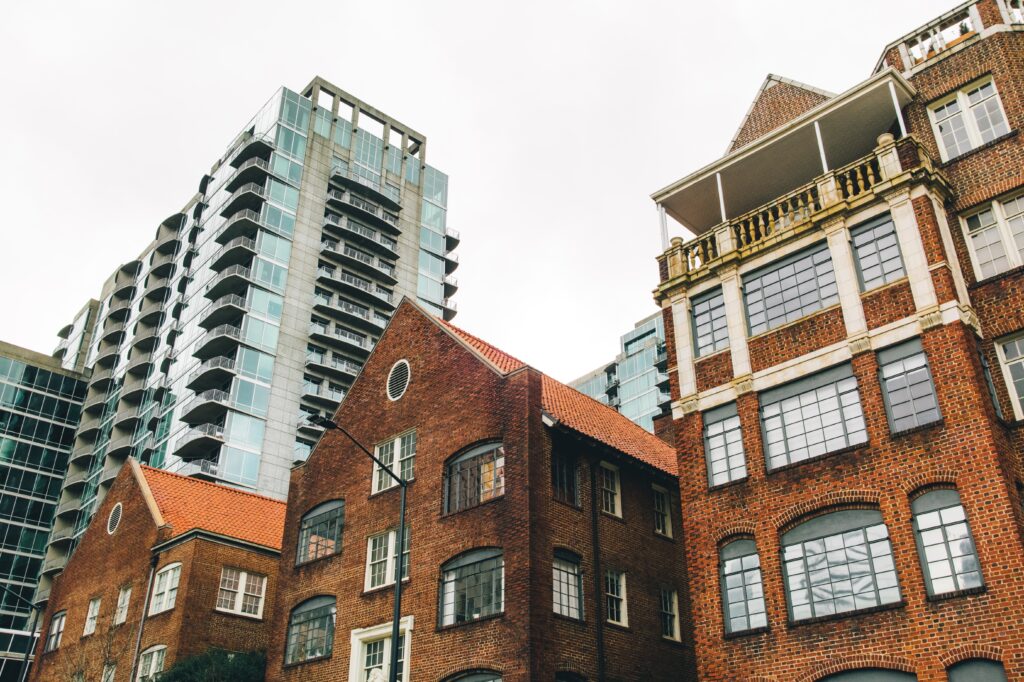
Share this post!
Your building envelope is susceptible to direct and indirect damage. Direct damage is obvious and occurs to the building envelope itself. Indirect damage is hidden and results when direct damage is not addressed. As a result, indirect damage ends up costing your condo money as it is slow and progressive. Here, we look at three of the most insidious types of hidden condo damage every condo board should know about, with tips to prevent them.
- Moisture – hidden condo damage
Water is always the number one enemy for building envelopes. Rain, snow melt, and ice can all cause varying moisture-related issues. The level of damage depends on many factors with installation methods, materials, and the slope of the building all contributing to watertightness. The most common culprits, however, tend to be improper grading and draining. Whether this is due to insufficient design or age, the grading and drainage systems are the most critical components to prevent moisture. They are designed to keep water away from the building’s foundation and envelope.
Why is Moisture Damage Insidious?
Water damage slowly spreads, leading to severe and costly interior damage. When your condo board doesn’t maintain the building envelope, the condo corporation is on the hook to pay for those damages on top of restoring the building envelope’s failing elements.
- Air Leakage – hidden condo damage
Air leakage occurs due to common air barrier deficiencies, including:
- Sealant and membrane structural and service wall penetrations
- Incomplete or insufficient membrane overlaps
- Roof-to-wall/interface issues between transition materials
- Roof/ceiling penetrations
- Window membranes/sealing failure
- Interior ceiling penetrations
- Partition walls at the points of interior air barriers
- Above-grade/below-grade transitions
- Complex building forms and projections
Why is Air Leakage Insidious?
Air leakage might not seem so insidious. However, when air penetrates the walls and windows, it damages the layers of the envelope and creates a less energy-efficient building. Units also become less livable, feeling cold in the winter and hot in the summer, impacting your HVAC’s effectiveness and leading to unnecessary resident adjustments. This translates into higher energy bills. Lower-level units might also experience increased carbon monoxide levels from garage car exhaust. This puts residents at risk of CO2 poisoning.
- Thermal Movement – hidden condo damage
When the building’s thermal barriers fail to prevent excessive heat exchanges between your building’s interior and exterior, changing temperatures cause thermal movement. Both wind loading and thermal expansion and contraction can cause building damage if the building can’t accommodate movement between the base structure and the envelope.
Why is Thermal Movement Insidious?
Thermal movement causes breaches and failures, such as cracks in sealant and serious separation of envelope layers. However, damage also occurs in the interior finishes, including blistering and ridges, splitting, cracks near doors and windows, angled cracks in walls, and general degradation as the movement breaks materials down over time.
How to Prevent Indirect Damage
An effective preventative maintenance plan with regular inspections helps detect direct envelope damage. As a result, you can reduce the risk of costly hidden indirect damage. Your building inspector will provide an estimate and list of prioritized repairs. You can ensure moisture, air leakage, and thermal movement don’t impact energy costs or lead to special assessments for work not covered by your reserve fund.
The condo experts at CPO Management Inc, a full-service property management company in Toronto and the GTA, have had tremendous success helping condo corporations implement effective preventative maintenance plans resulting in cost savings. Reach out to us today to learn more about our condo services.
